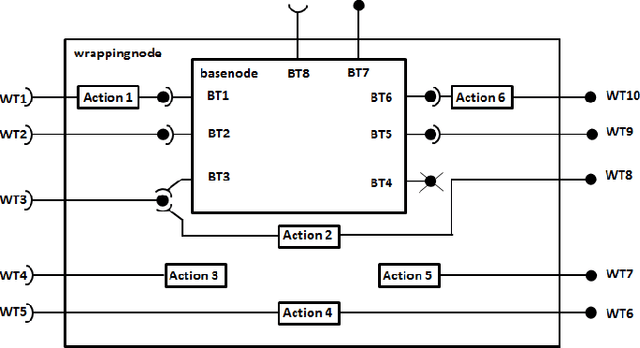Towards Interactive, Incremental Programming of ROS Nodes
Paper and Code
Dec 15, 2014
Writing software for controlling robots is a complex task, usually demanding command of many programming languages and requiring significant experimentation. We believe that a bottom-up development process that complements traditional component- and MDSD-based approaches can facilitate experimentation. We propose the use of an internal DSL providing both a tool to interactively create ROS nodes and a behaviour-replacement mechanism to interactively reshape existing ROS nodes by wrapping the external interfaces (the publish/subscribe topics), dynamically controlled using the Python command line interface.
* Presented at DSLRob 2014 (arXiv:cs/1411.7148)
 Add to Chrome
Add to Chrome Add to Firefox
Add to Firefox Add to Edge
Add to Edge